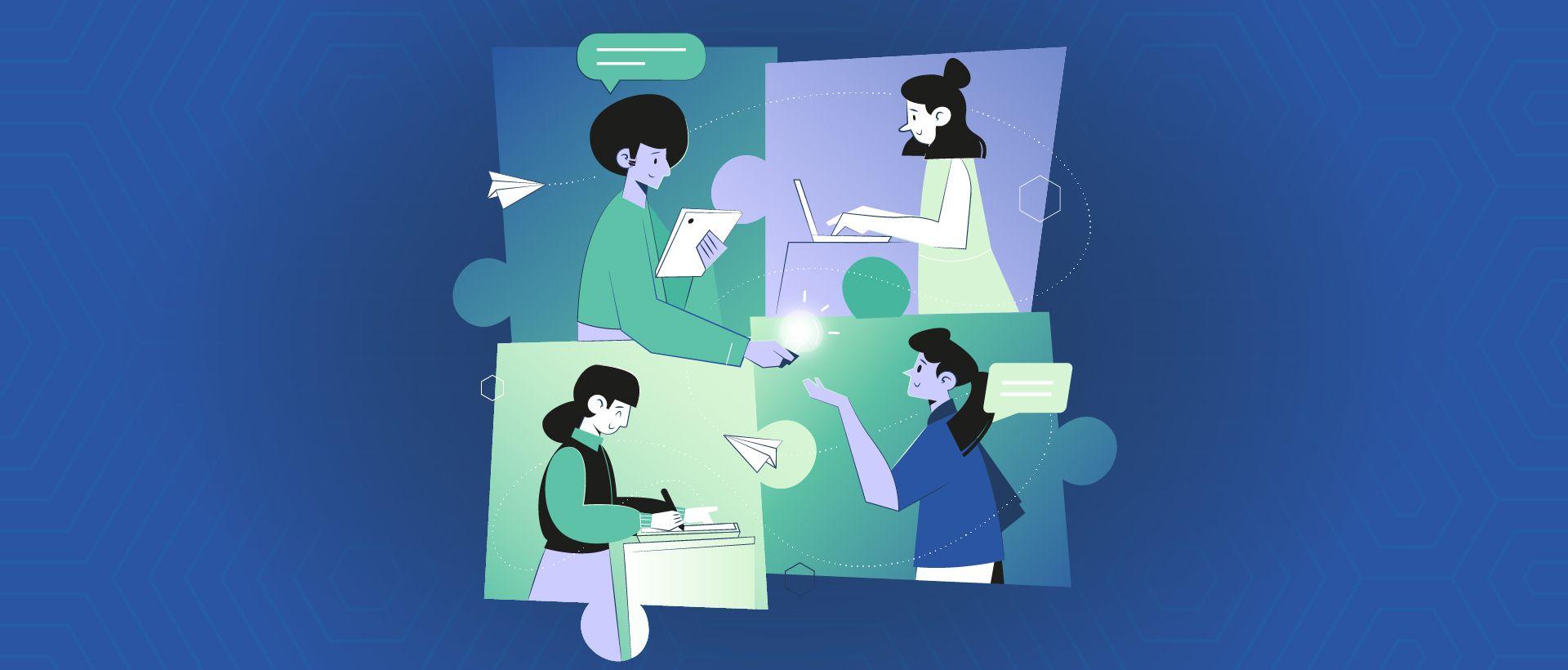The problem isn’t usually a shortage of talent. It’s the system around the talent — and that’s the piece most leaders still overlook.
Why More People Doesn’t Equal More Output
Hiring is visible; it looks like progress. But anyone who’s scaled a creative department knows there’s a tipping point: as teams grow, coordination costs rise faster than productivity. Meetings multiply. Briefs slow down as more people weigh in. Senior creatives spend their best hours managing rather than creating. By the time new hires are up to speed, the team’s overall velocity hasn’t improved — sometimes it has even declined. The old reflex of “just hire more people” treats what is fundamentally a system problem — slow workflows, scattered approvals, inconsistent tooling — as if it were simply a capacity issue.
The Partner Advantage
A good creative production partner changes this equation. Instead of trying to build endless in-house capacity, brands can plug into a partner that specializes in producing high-quality creative at scale. The right partner brings not just extra hands but proven workflows, integrated tools, and the flexibility to scale production up or down as needs shift.
It’s not about outsourcing strategy or vision. It’s about unlocking the ability of your internal team to focus on the highest-value work — insights, storytelling, creative direction — while your partner delivers the assets and iterations needed to keep pace with the market.
AI as a Force-Multiplier, Not a Replacement
The conversation about AI in creative often fixates on headline generators or flashy visuals. The real power lies in using machine learning to reduce friction in production. In Assemble’s work with clients, we’ve seen that automating repetitive tasks — resizing assets for multiple channels, localizing content for regional markets, generating modular templates for rapid testing — frees internal teams to spend more time on what humans do best: ideation and conceptual problem-solving.
McKinsey’s research suggests that marketers spend up to 60% of their time on operational tasks rather than strategic or creative work. AI chips away at that imbalance. Paired with a strong production partner, it shortens production cycles, accelerates testing, and makes it possible to keep campaigns fresh without bloating the team.
Why Speed Has Become the Competitive Edge
Brands that refresh and optimize their creative assets more frequently outperform peers on return on ad spend by 20–30%. That edge comes not just from better ideas but from the velocity and quality of experimentation. If your creative production can’t keep up with your optimization cycles, you’re leaving growth on the table. Adding more staff won’t necessarily fix it. In fact, it often slows things down. The real advantage comes from better systems — clear briefs, streamlined approvals, modular creative that can be adapted quickly, and partners who can scale with you.
Five Tips for Choosing and Using a Creative Production Partner
Prioritize workflow maturity over headcount. Look for a partner that can demonstrate a proven process for intake, approvals, and delivery, not just more people to throw at the work.
Insist on seamless integration. The best partners plug into your existing project-management and asset-management tools so there’s no extra overhead or duplicate work.
Leverage AI in the right places. Ask how your partner uses automation for repetitive production tasks so your internal team’s time is freed up for strategy and concepting.
Design for modularity. Choose a partner that can produce creative in building blocks — copy, visual elements, templates — so you can test and adapt quickly across channels.
Align on metrics and iteration speed. Make sure your partner’s KPIs go beyond delivery volume and focus on the speed and quality of test-and-learn cycles that drive performance.
From Bottleneck to Growth Engine
Creative velocity today isn’t a hiring challenge; it’s a system design challenge. In a world where channels shift constantly and personalization at scale is table stakes, adaptability is often more valuable than headcount.
A strong creative production partner — combined with the right use of AI and thoughtful internal focus — transforms the bottleneck into a competitive advantage. It frees internal teams to do the work that moves the brand forward while ensuring campaigns hit the market faster, evolve more often, and perform better. Brands that embrace this shift stop seeing creative as a cost center. They start leveraging it as a true engine of growth.


